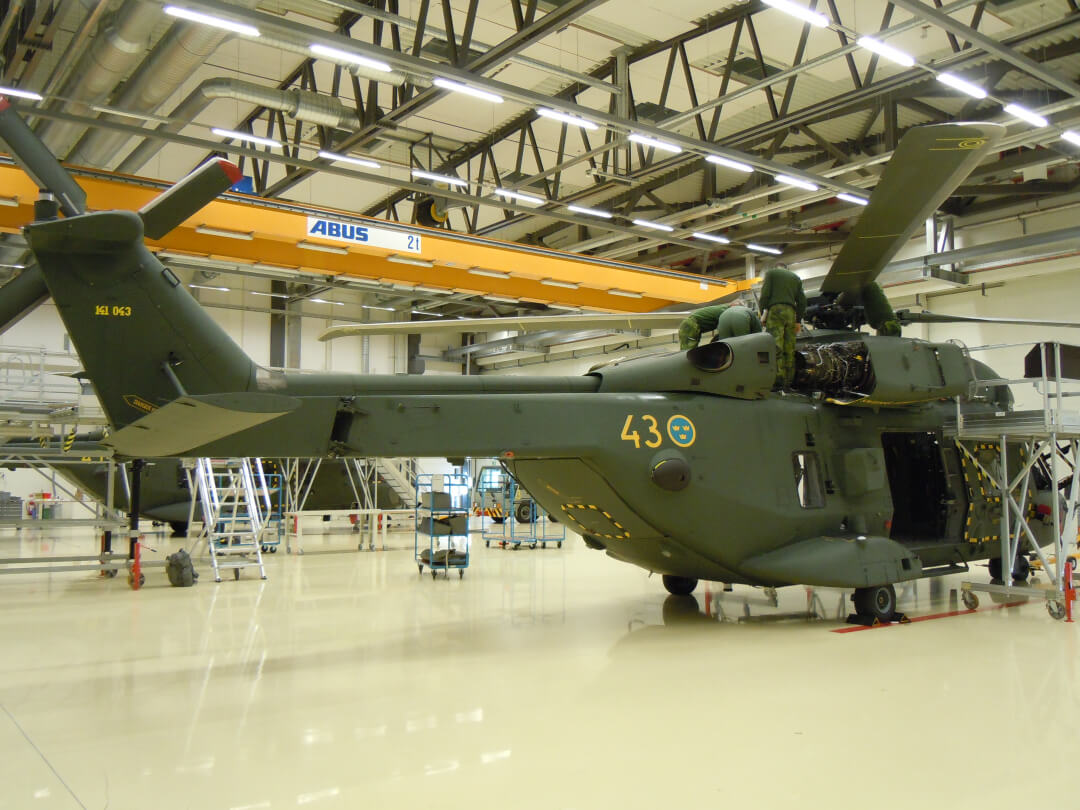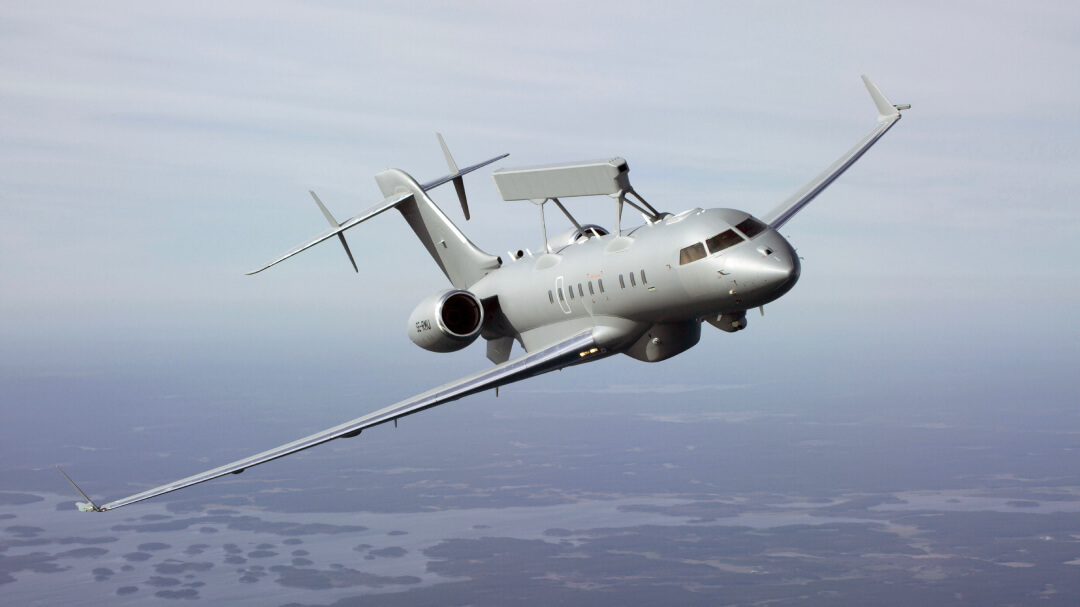The Chief of of the Swedish Air Force (RSwAF), Major General Jonas Wikman, at the annual Swedish Air Force Fan Club meeting said that Ukraine has transformed the outlook of the Swedish Air Force in that it is trying to create and to mould new future capabilities at full speed.
The task of joining NATO is a challenge although the RSwAF has been has adopting its procedures and integrated with Command & Control (C2) etc for a number of years. Maj Gen Wikman said that “we will be ready from day one,” although he added that the Air Force tactics are being developed on the assumption that Sweden will be attacked.
Its focus will be on long range operations, unmanned systems, increased air defences, cyber defence and multi-domain and multiple connectivity with other nations. The Air Force will begin to investigate the space domain next year. To stay ahead of any potential enemy, Maj Gen Wikman stated: “We are rebuilding a new concept based on the old concept.” This included something that the Air Force has been involved in the past, dispersed operations, flying from war bases hidden the forests on road strips, while in future it would use regional airports and existing infrastructure. To survive, the Air Force must be able to switch bases even at a few hours notice, taking off from one place and landing at another.
At the same time the Air Force is involved in an extensive programme to replace its fighter aircraft, AEW&C assets, trainers, transports. The Saab Gripen E will be operational in 2025 which will be joined by upgraded Gripen C/Ds. Two Saab S-106 GlobalEyes will be delivered in 2027, while the first of 10 Grob 120TP basic trainers have been delivered to replace the obsolete SK-60. Up to 12 pilots a year are planned to undertake advanced jet training with the joint Italian Air Force and Leonardo International Flight Training School in Sardinia on the M-346. A decision has been made to replace its ageing fleet of Lockheed Martin C-130H Hercules within a year, but a type has yet to be selected. In addition, the troubled NH90 helicopters that were threatened with an early retirement, are now being slowly upgraded.


The Swedish Defence Materiel Administration’s GlobalEye contract included an option for two additional aircraft, but Maj Gen Wikman suggested that they could be operated by a NATO unit similar to that of the international Boeing C-17 Heavy Airlift Wing based at Papa Airbase in Hungary, of which Sweden is a member.

Finally, Maj Gen Wikman stressed the importance of the Swedish Air Force’s participation in multi-national exercises such as the annual Arctic Challenge Exercises (ACE) and the multi-service Aurora 23 Exercise that took part in southern Sweden.
by David Oliver













